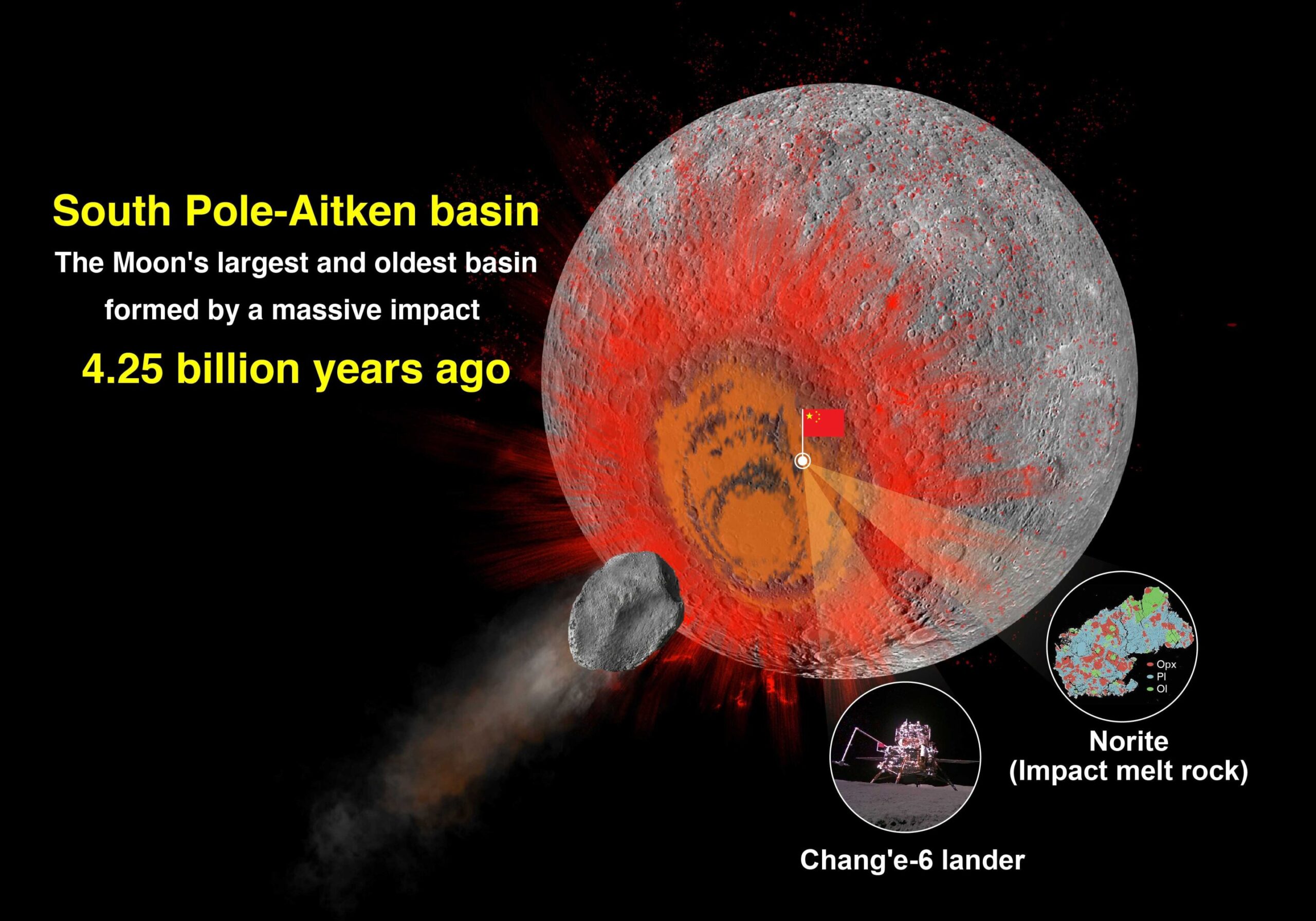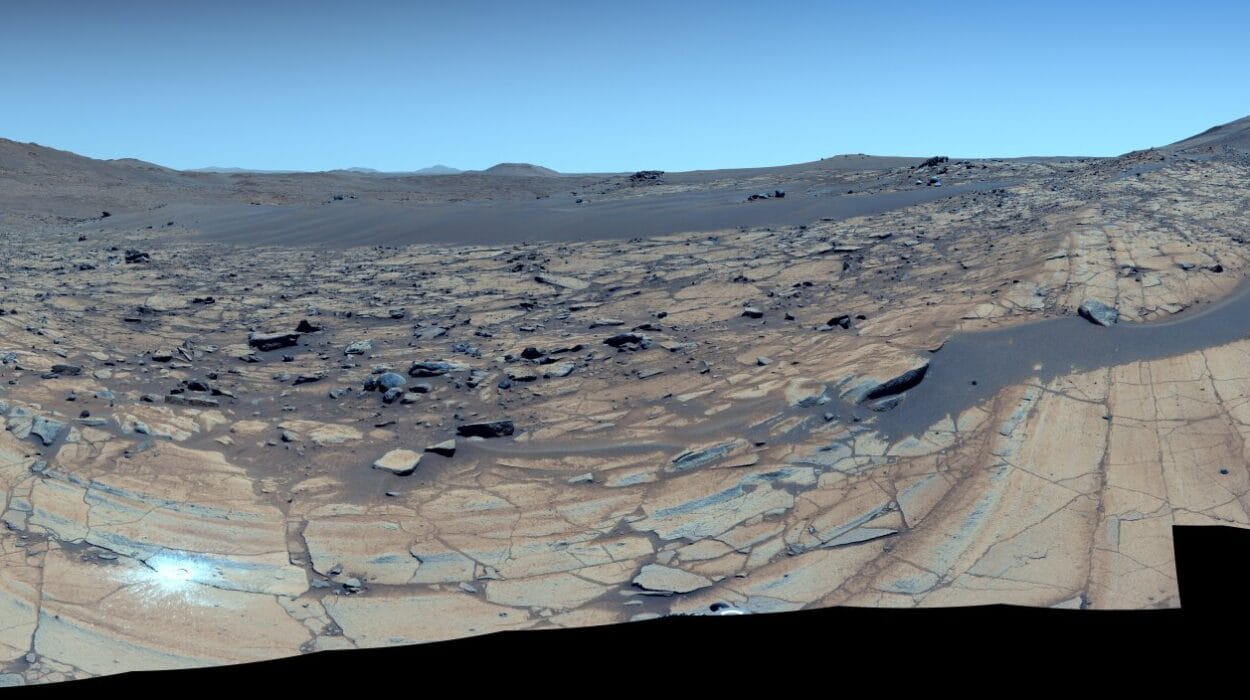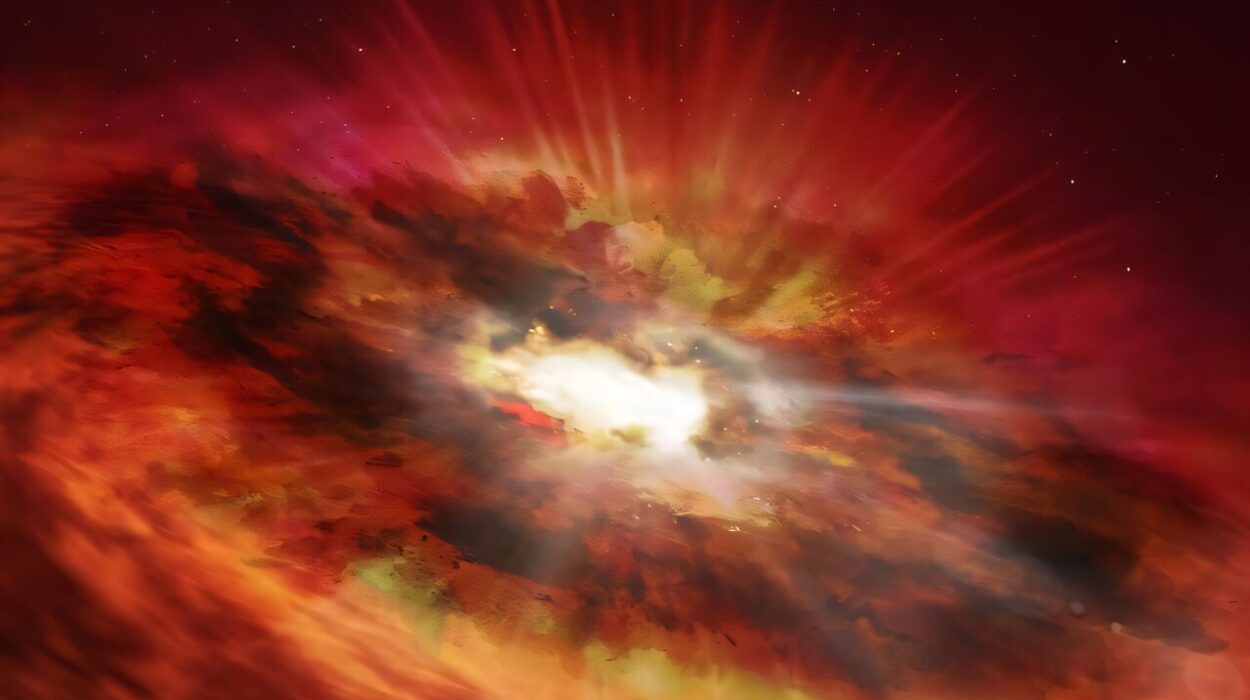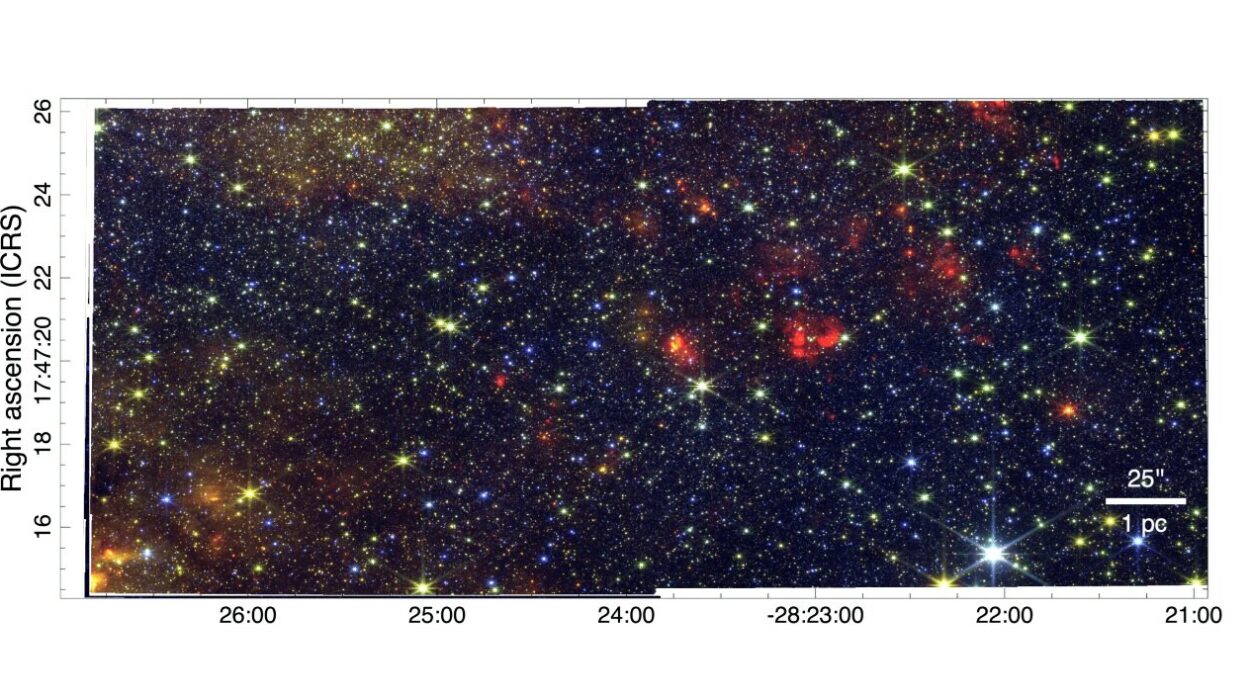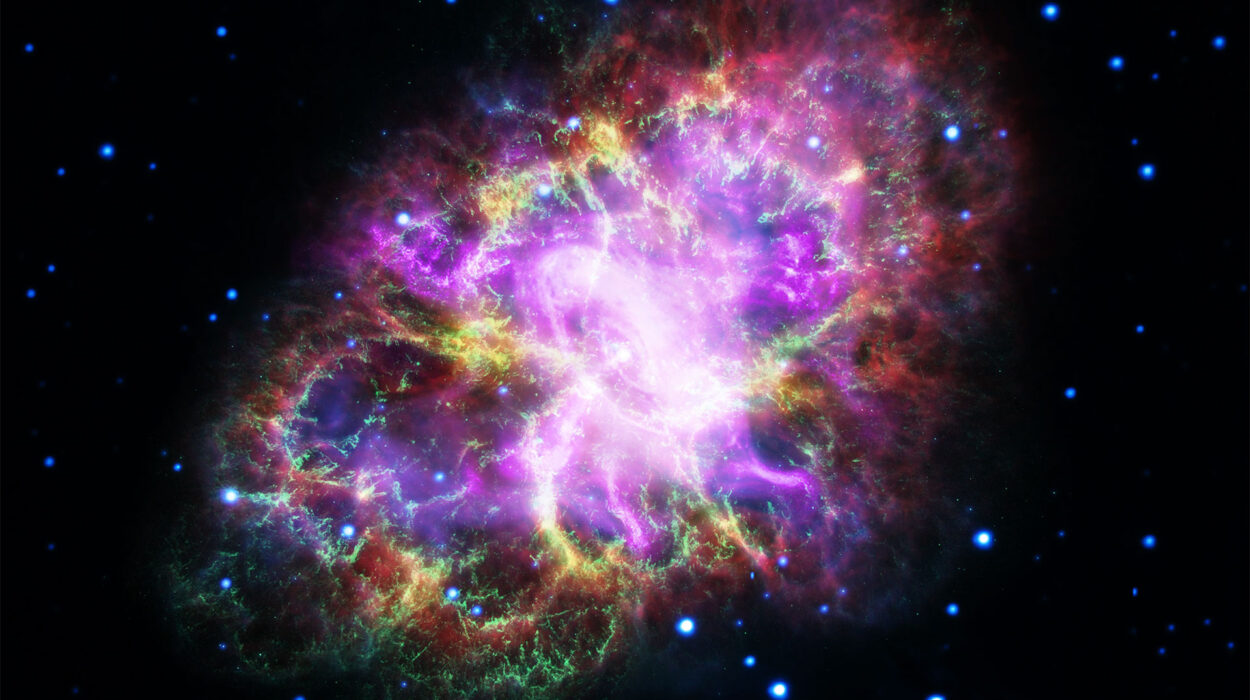For decades, scientists have wrestled with one of lunar science’s most enduring mysteries: just how old is the South Pole–Aitken (SPA) basin, the largest and oldest known impact crater on the moon? Now, an international team of researchers, led by Prof. Chen Yi from the Institute of Geology and Geophysics at the Chinese Academy of Sciences, has cracked the case. By analyzing pristine lunar rock samples returned by China’s historic Chang’e-6 mission, they’ve dated the colossal impact basin’s formation to an astonishing 4.25 billion years ago.
The landmark findings, published in National Science Review, offer unprecedented insight into a cataclysmic event that reshaped not just the moon’s far side, but possibly influenced the entire early solar system.
A Colossal Scar from the Solar System’s Youth
The South Pole–Aitken basin is no ordinary crater. Stretching roughly 2,500 kilometers across and plunging up to 8 kilometers deep, it dwarfs all other lunar impact structures. Its sheer size and depth have made it an object of fascination for planetary scientists. Visible only from the far side of the moon, this giant scar hints at a violent chapter in the moon’s—and the solar system’s—early history.
But for all its grandeur, the basin has remained stubbornly silent about its exact origins. Scientists knew it formed during an epoch marked by heavy asteroid bombardments—chaotic times when planetary surfaces across the solar system were being pounded by space debris left over from the formation of the planets. Yet, until now, estimates of when the SPA basin actually formed were wildly uncertain, spanning hundreds of millions of years.
Without precise dating, scientists couldn’t fully understand the role of the SPA basin in shaping the lunar surface, nor could they refine the broader timeline of the moon’s evolution. In the absence of physical samples from the basin itself, they were left with educated guesses. That all changed with the Chang’e-6 mission.
Chang’e-6: A Historic Mission to the Moon’s Hidden Side
In an ambitious and unprecedented move, China’s Chang’e-6 spacecraft landed near the southern rim of the SPA basin. It marked the first time any space agency had returned samples from the moon’s far side—an area previously out of reach due to its remoteness and communication challenges.
The mission’s success was a game-changer. Not only did it mark a milestone in space exploration, but it also gave scientists the first direct access to soil and rock fragments ejected from deep within the SPA basin. This trove of material held the key to unlocking the basin’s ancient secrets.
Prof. Chen Yi and his team took on the challenge of analyzing these precious samples, hunting for clues in the tiny grains of rock and dust scooped up by Chang’e-6. What they found has rewritten the history books.
Decoding the Clues: Impact Melt Rocks Tell the Story
The scientists focused on a specific type of rock known as “impact melt rocks”—materials created when the immense heat of a cosmic collision melts the crust, which then cools and solidifies into new rock. These rocks are essentially the frozen aftermath of an ancient, high-energy impact event.
“The SPA impact event generated a massive sheet of impact melt,” explained Prof. Chen. “To accurately determine the basin’s age, we first needed to identify the products of this melt within the Chang’e-6 samples.”
Out of about 1,600 tiny fragments extracted from two lunar soil samples, the researchers zeroed in on 20 special pieces of norite, an igneous rock rich in plagioclase feldspar and pyroxenes. These norites bore all the hallmarks of having crystallized from a vast sea of molten rock—created, they believed, in the immediate aftermath of the SPA basin impact.
To pinpoint their age, the team performed lead-lead isotopic dating on zircon-bearing minerals within the norites. Zircons are tiny, durable crystals that act like time capsules, locking in chemical signatures that reveal when they formed. The results were striking.
Two Ancient Impact Events Revealed
The zircon analysis uncovered evidence of two ancient impact events. One dated to about 4.25 billion years ago, the other to around 3.87 billion years ago. But it was the older date that grabbed the scientists’ attention.
The 4.25-billion-year-old norites displayed distinctive textures and chemical signatures suggesting they formed deep within a common impact melt sheet—exactly what you’d expect from material produced in the formation of a gigantic impact basin like the SPA.
“Our geological surveys and comparative lithological analyses strongly indicate that the 4.25-billion-year age corresponds to the formation of the SPA basin,” said Prof. Chen.
This date is significant. It places the SPA basin’s formation roughly 320 million years after the birth of the solar system itself, which is estimated to be about 4.57 billion years old. In doing so, the research provides a vital calibration point for the timeline of lunar history, and by extension, the early history of the inner solar system.
Why the South Pole–Aitken Basin Matters
The SPA basin isn’t just a record of one colossal impact—it’s a window into a violent epoch in planetary evolution. Its formation likely coincided with a period known as the Late Heavy Bombardment, a time when massive collisions were common, and planetary surfaces were continually being reshaped.
Understanding the exact timing of this event helps scientists refine their models of lunar cratering chronology. By knowing how old the SPA basin is, they can better estimate the ages of other surfaces on the moon that have similar crater densities. It’s a bit like having a date stamp on a key piece of a jigsaw puzzle—it helps the whole picture make more sense.
The implications go beyond the moon. Earth, Mars, and Mercury all experienced similar bombardments during the early days of the solar system. By refining the timeline on the moon, scientists gain valuable insights into what might have been happening on other worlds at the same time—potentially including events that influenced the origins of life on Earth.
A Leap Forward for Planetary Science
The Chang’e-6 mission’s success and the resulting discoveries are a testament to the power of international collaboration and technological innovation. By bringing back samples from one of the most inaccessible regions of the moon, China has opened the door to new scientific opportunities.
The precise dating of the SPA basin provides researchers with an anchor point for understanding the moon’s evolution, including its internal cooling, crust formation, and tectonic history. It also sheds light on how giant impacts influenced the moon’s geological makeup, including the distribution of rare minerals and potential water ice deposits, which future missions hope to explore.
As Prof. Chen and his team continue their work, more revelations may be on the horizon. Further analysis of the Chang’e-6 samples could provide insight into the moon’s interior composition, volcanic history, and even the presence of volatiles like water or hydrogen—key resources for future lunar exploration.
Looking Ahead: What’s Next for Lunar Science?
The success of Chang’e-6 and the groundbreaking results it delivered underscore the importance of sample-return missions. While robotic orbiters and landers have expanded our knowledge of the moon tremendously, there’s no substitute for bringing rocks back to Earth, where they can be studied in state-of-the-art laboratories.
Future missions, both from China and other space-faring nations, are already being planned. China’s Chang’e-7 and Chang’e-8 missions aim to further explore the lunar south pole, where permanently shadowed regions may harbor water ice. NASA’s Artemis program also has its sights set on the same area, with plans to land humans near the lunar south pole later this decade.
As humanity inches closer to establishing a sustained presence on the moon, understanding its geological history becomes more than an academic pursuit. It’s also a roadmap for future explorers, helping them navigate the challenges of a harsh environment—and perhaps even uncover new resources that could support human life beyond Earth.
The SPA Basin: A Monument to Cosmic Cataclysm
The South Pole–Aitken basin is not just a hole in the ground; it’s a testament to the immense forces that shaped our solar system. Thanks to the painstaking work of Prof. Chen Yi and his colleagues, we now know it was forged in a cataclysm over 4 billion years ago—an event that echoed through lunar history and, perhaps, across the solar system.
This ancient basin stands as a silent witness to a time when planets and moons were young, battered, and scarred by the violence of their birth. And with each new discovery, we come a little closer to understanding our place in that cosmic story.
Reference: Bin Su et al, South Pole–Aitken massive impact 4.25 billion years ago revealed by Chang’e-6 samples, National Science Review (2025). DOI: 10.1093/nsr/nwaf103
